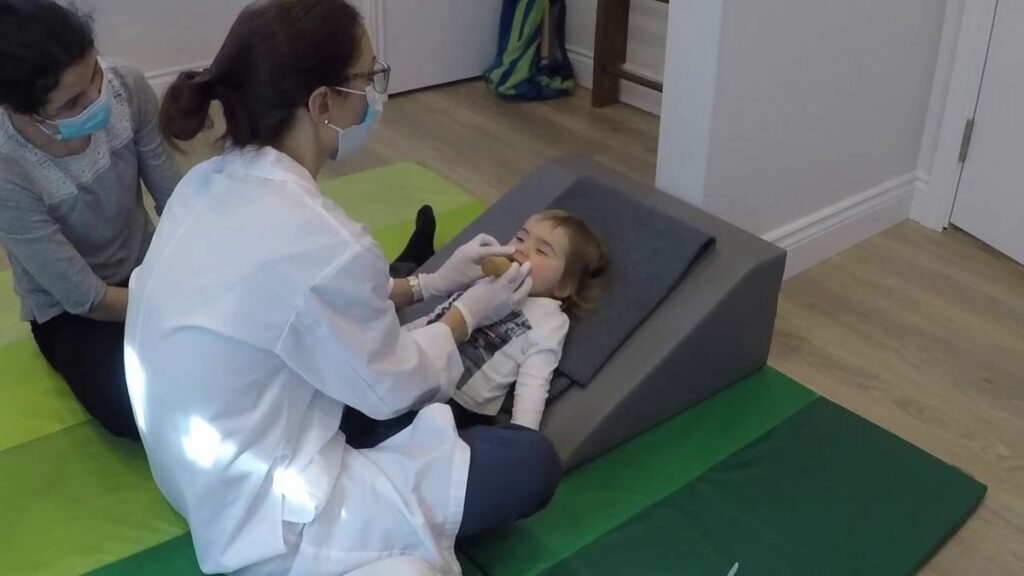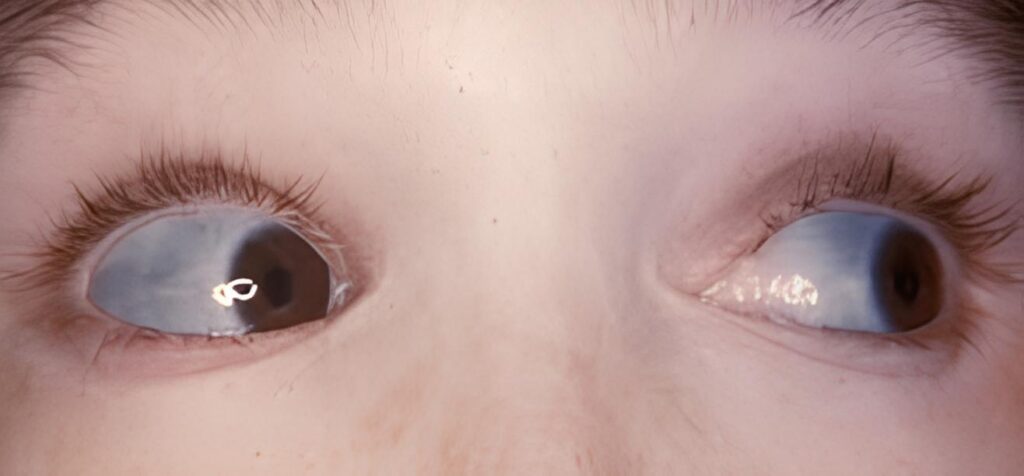Introduction
Osteogenesis Imperfecta is a congenital connective tissue disorder. There is defective collagen production, primarily Type I collagen .This protein is crucial for bone structure, making bones abnormally fragile and prone to fractures with minimal or no trauma.
Definition
Osteogenesis Imperfecta is a orthopedic abnormality characterized by Decreased osteoid formation and defective type I-collagen formation render bone soft and brittle.
Etiology
The root cause of OI lies in genetic mutations, predominantly in the COL1A1 or COL1A2 genes.
A familial inherited autosomal dominant disease in which a child may be born with multiple fractures, or remain highly susceptible to fractures with a trivial trauma, which decreases if the child survives.
Clinical Features
The severity of OI varies widely, but common clinical features include:
- Frequent Fractures: The bones are short and have bubous epiphyseal expansion.
- Blue Sclera: The whites of the eyes may appear bluish due to the thinness of the sclera, allowing underlying triangular face.
- Hearing Loss: Can occur later in life due to ossicular chain abnormalities.
- Short Stature: Often due to repeated fractures and vertebral compression and bowing the long bone.
- Dentinogenesis Imperfecta: Brittle teeth that are discolored and prone to breaking.
- Scoliosis: Curvature of the spine.
- Joint Laxity: Loose joints due to defective connective tissue.
Risk Factors
As Osteogenesis Imperfecta is primarily a genetic disorder, the main risk factor is having a parent with the condition. Spontaneous mutations can also occur, meaning a child can be born with OI even if neither parent has the disorder.

Physiotherapy Management
Physiotherapy is crucial in managing OI, focusing on improving mobility, strength, and preventing complications. Key aspects include:
- Pain Management: Through modalities and therapeutic exercises.
- Gentle Strengthening Exercises: To improve muscle endurance and muscle power.
- Balance and Coordination Training: To decrease fall risk.
- Hydrotherapy: Water-based exercises reduce weight of bones while allowing movement.
- Mobility Aids: Prescription and training for wheelchairs, cratch, or orthosis as needed.
- Patient and Family Education: On safe handling, activity modification, and fracture prevention.
- Postural Training: To address scoliosis and improve body mechanics.
Diet and Nutrition in Osteogenesis Imperfecta
Nutrition is a key part of bone health in individuals with OI. A well-balanced diet supports collagen formation, bone mineralization, and overall strength.
Important dietary recommendations include:
- Calcium-rich foods: Milk, curd, ragi, sesame seeds, and leafy greens to strengthen bones.
- Vitamin D sources: Sun exposure, fortified foods, and fish to enhance calcium absorption.
- Protein intake: Lean meat, eggs, legumes, and nuts aid tissue repair and muscle development.
- Vitamin C: Citrus fruits, guava, and tomatoes promote collagen synthesis.
- Magnesium and Zinc: Found in whole grains, seeds, and beans to support bone density.
Conclusion
Osteogenesis Imperfecta presents significant challenges, but with advance diagnosis, comprehensive medical care, and dedicated physiotherapy, individuals with OI can lead fulfilling lives. Ongoing research continues to offer new insights and potential treatments, bringing brighter prospects for the OI community.
Q1. What is Osteogenesis Imperfecta?
A1. It is a genetic disorder causing fragile bones that break easily due to defective collagen formation.
Q2. What is the main goal of physiotherapy in Osteogenesis Imperfecta?
A2. To improve muscle strength, joint stability, and mobility while preventing fractures.
Q3. Which exercises are recommended for patients with Osteogenesis Imperfecta?
A3. Gentle, low-impact activities like swimming and range-of-motion exercises to enhance strength safely.

